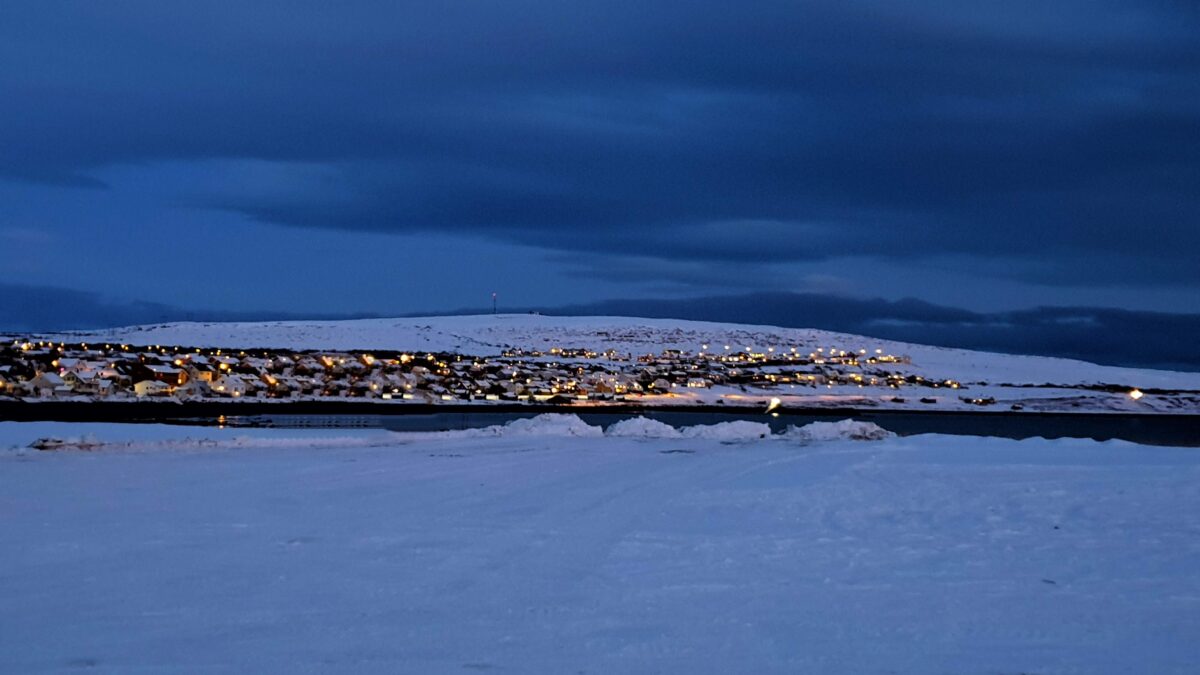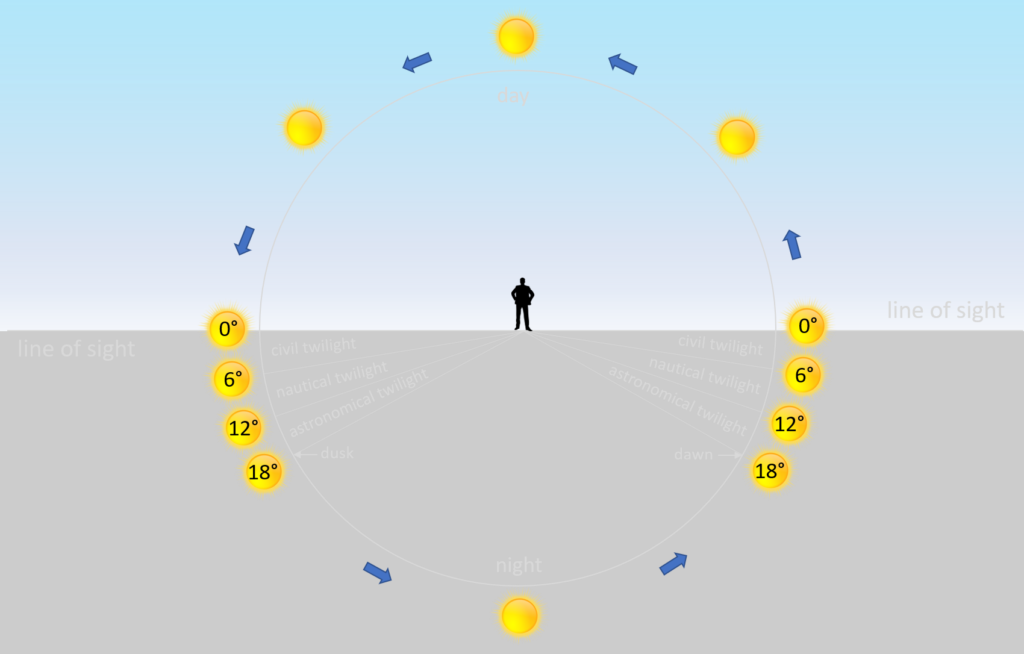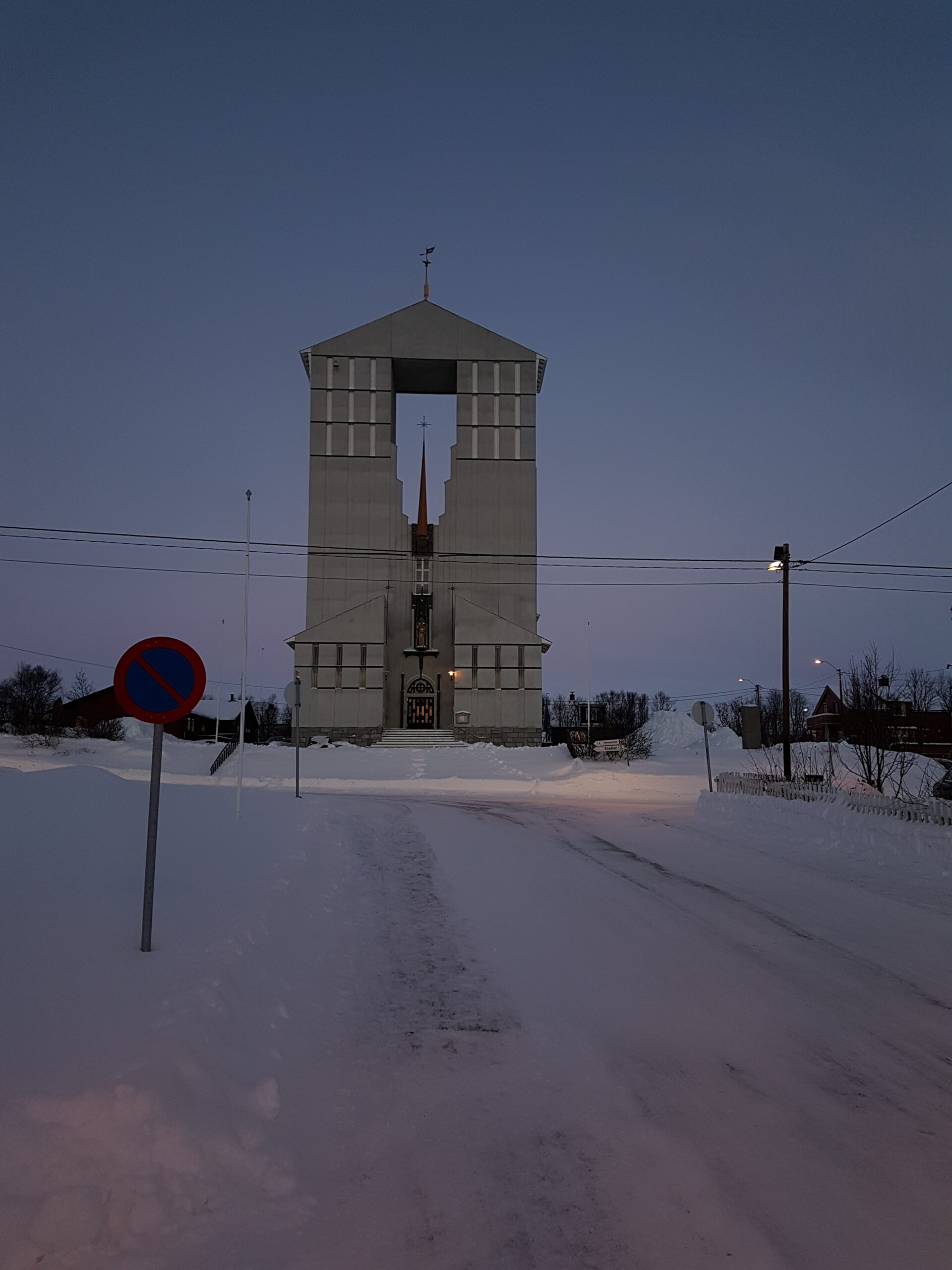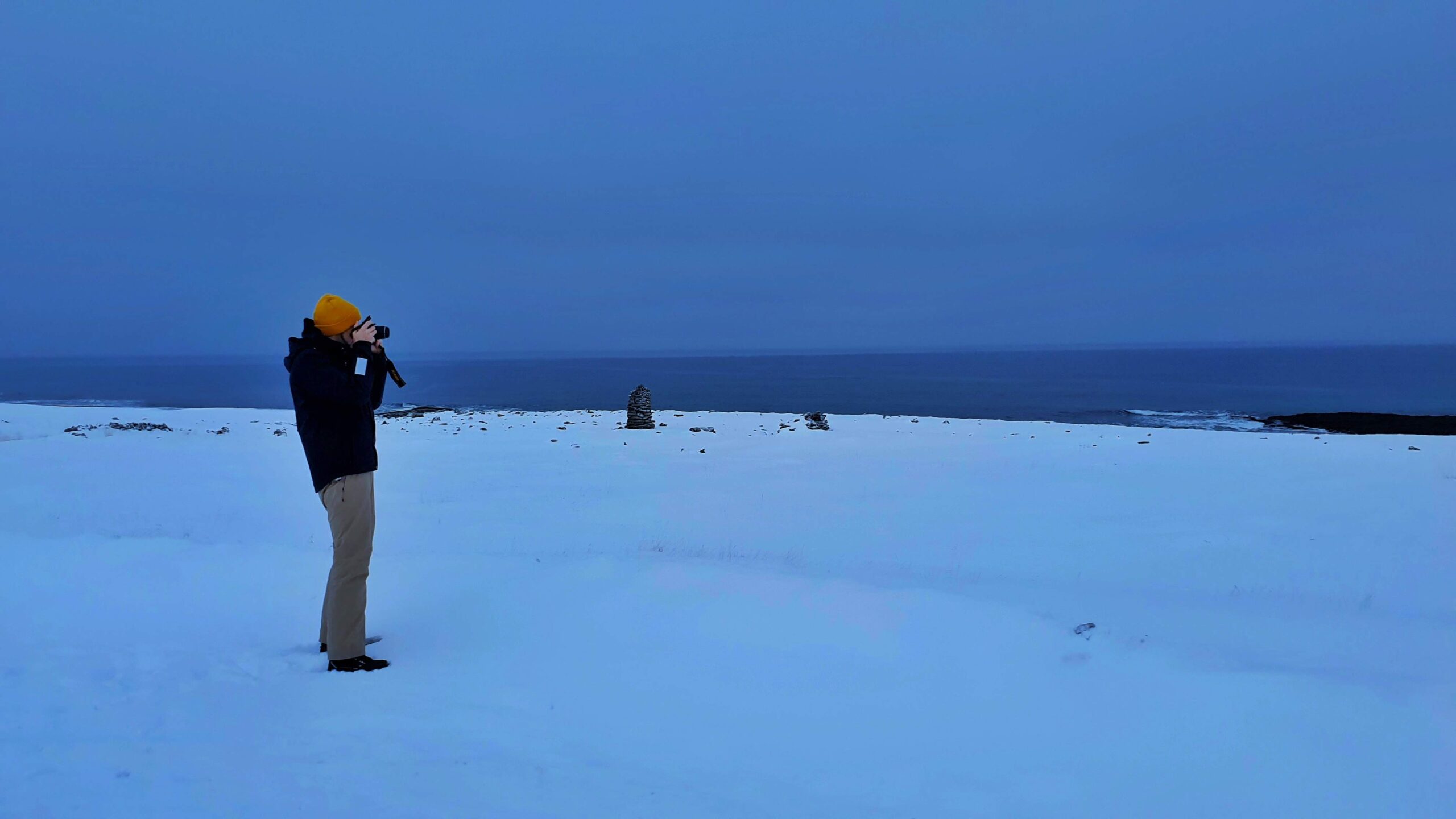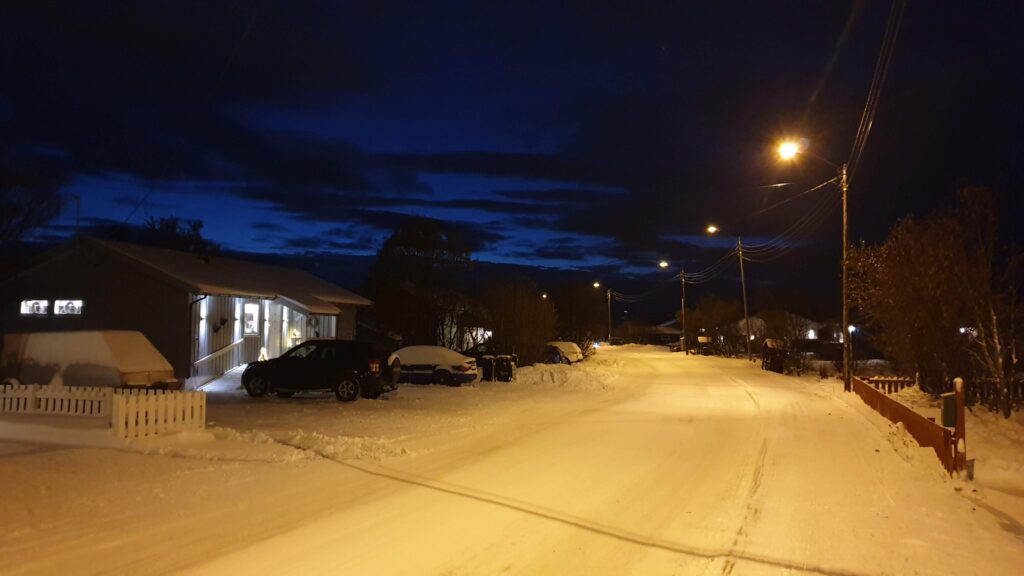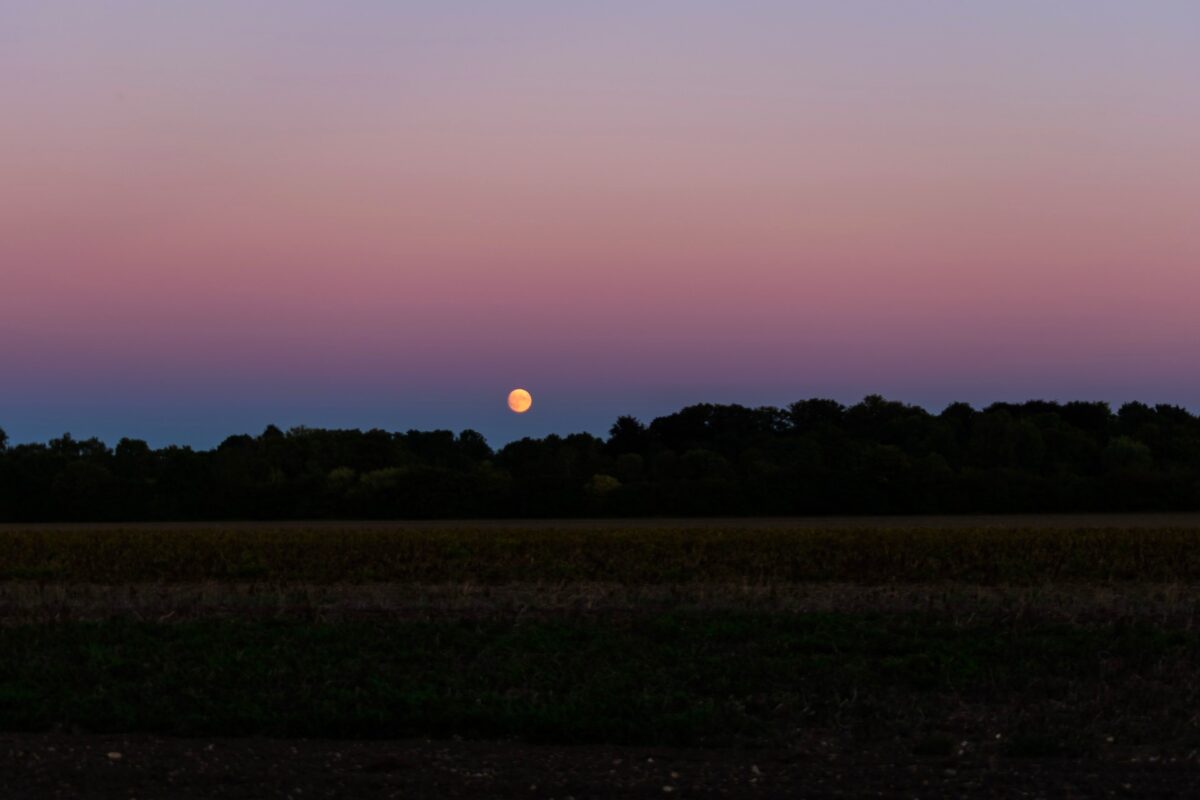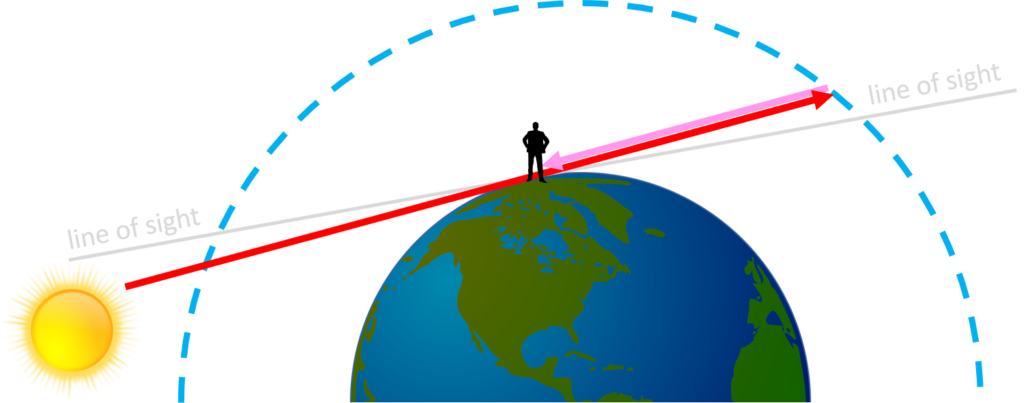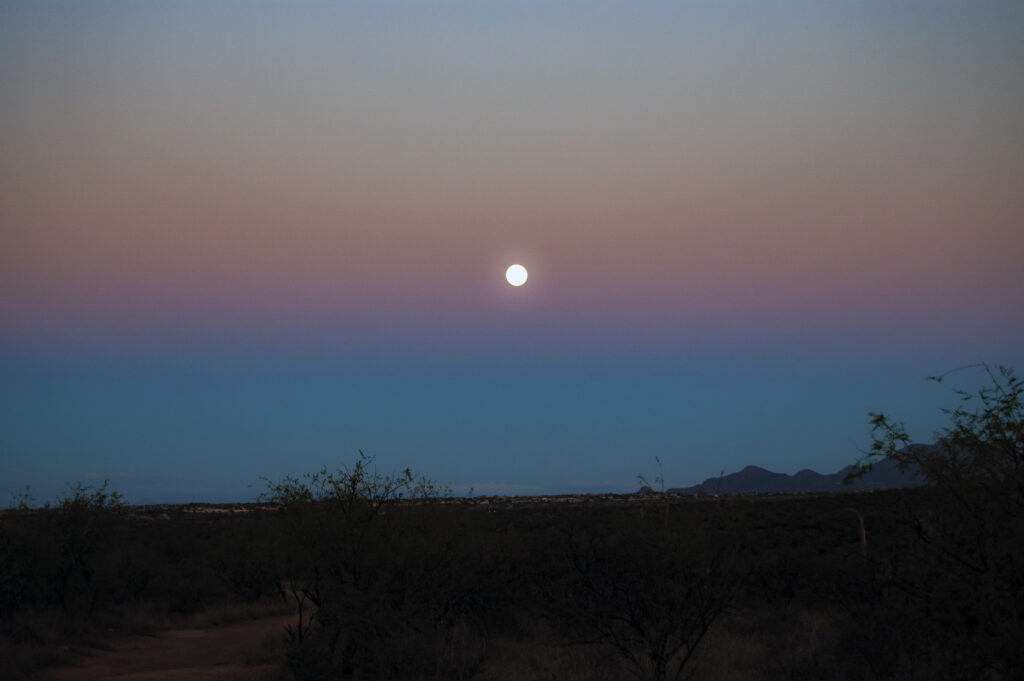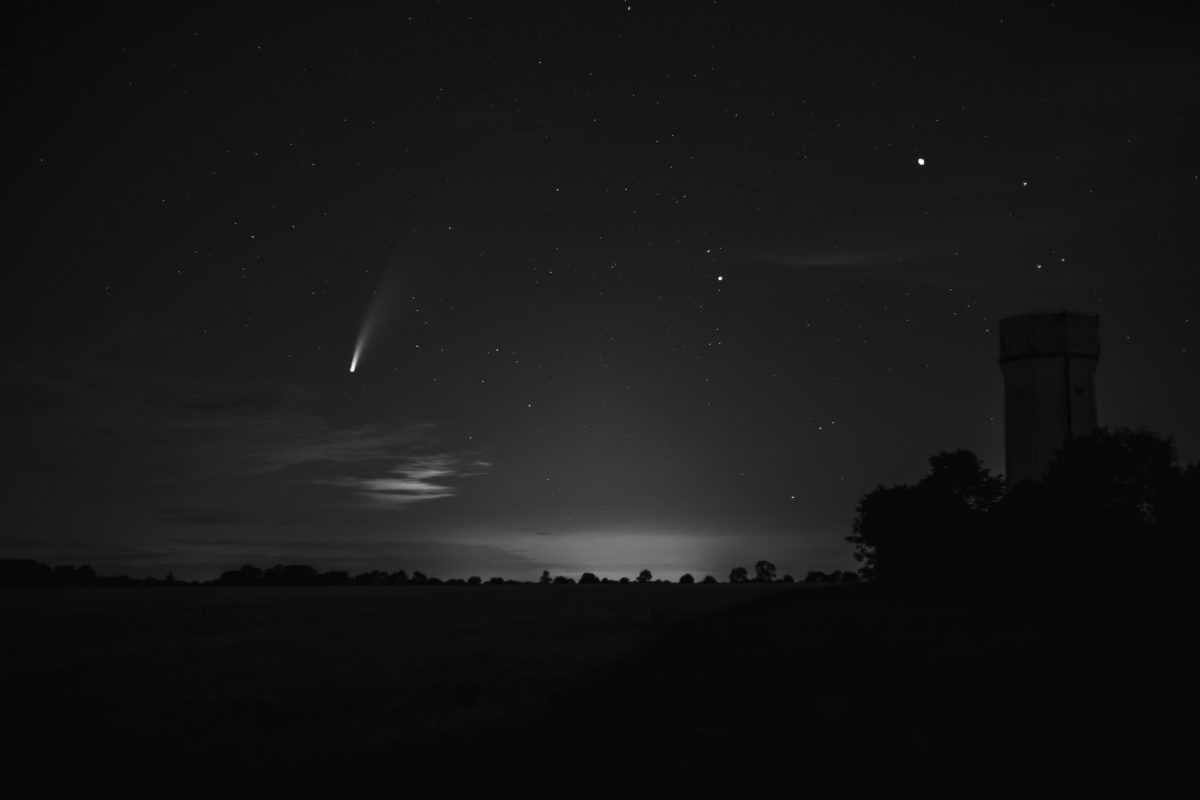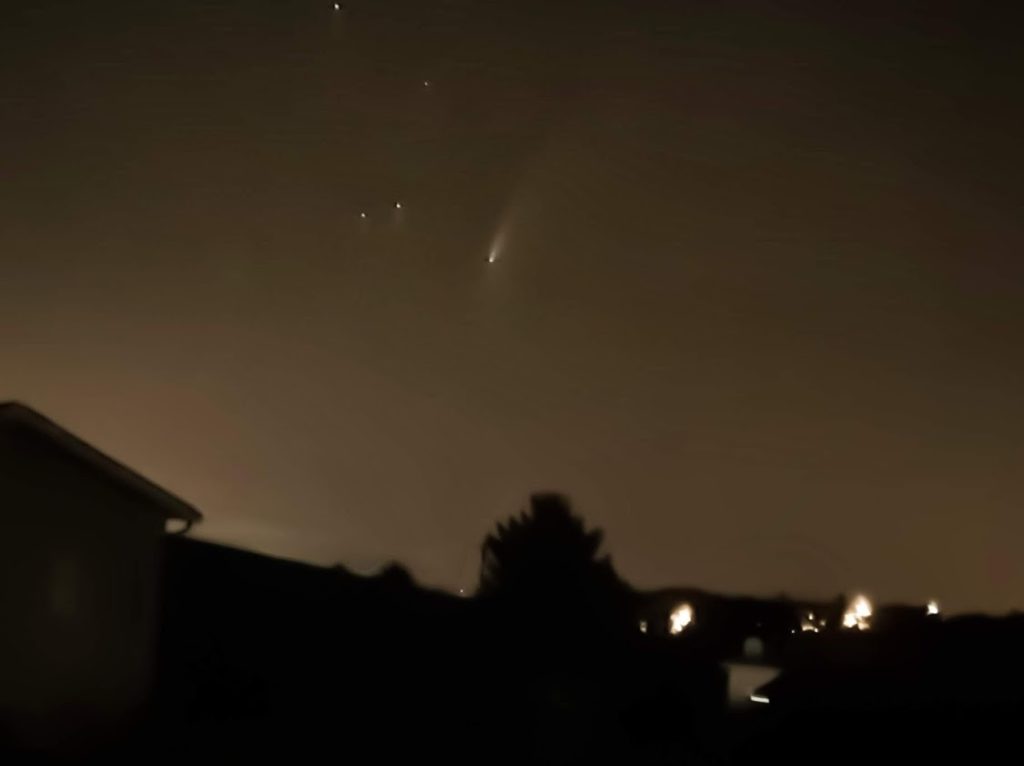In astronomy, a conjunction means the “meeting” of two planets in the night sky. Jupiter and Saturn, the biggest planets in our Solar System, can meet as well, but when they do, their conjunction is a “great” one – hence the term Great Conjunction!
Jupiter and Saturn are one of the brightest objects in the night sky. They look just like two very bright stars – but don’t mistake them for stars! They are planets, so they don’t create light themselves just like the stars (like our Sun does for example). They are “lit” only because of the reflection of the sunlight. Which is the same reason why the Moon shines in the night sky!
The Great Conjunction of 2020
In their perpetual movement around the sun, it happens sometimes that planets “meet”. The word “meet” is quoted because the planets don’t actually meet in reality. It is just how we see things from here on Earth. In fact, the two planets are aligned in such a way in their orbits, that from Earth, we see them as if they came into contact with eachother. In reality though, they’re some million kilometres apart!
And why is this conjunction “great” you may ask? Well, this is because Saturn and Jupiter, due to their size, they are already bright even when they’re “apart”. When two bright lights touch each other, they are seen like only one light, even brighter! The same happens with the conjunction of Jupiter and Saturn.
When does it happen?
Jupiter and Saturn are already close in the night sky since quite some time now. But on December 21 (thus tomorrow!), the two planets will be so close (less than 0.1 degrees) that they will look like an elongated, very bright star. So, stargazers, get ready for a Christmas treat!
Why is the Great Conjunction so special this year?
The Great Conjunction occurs regularly, roughly every 20 years. But why is it so special this year?
In function on the position of the “meeting” with respect to the position of the Sun, the conjunction may be more or less bright. If this meeting place is too close to the Sun, the brightness diminishes. This year, the position is ideal for a very bright Great Conjunction!
Another thing to take into account is how close the two planets will appear to be. Not every 20 years the planets have such an apparent closeness! In fact, to get an idea of how rare this occurs, know that last time Jupiter and Saturn appeared so close, was in year 1226! It actually happened in 1623, but it was rather close to the Sun, which made it actually less visible.
Where and how to look?
You need to look in the night sky about 1 hour after sunset, almost anywhere on Earth, even in light polluted areas! In the Northern hemisphere look towards south-west. As for the Southern hemisphere, look towards the west. Needless to say that you will need a clear sky!
It will be impossible to miss such an impressive sight so, don’t worry, it will not be difficult to spot it!
“Christmas Star”
As the Great Conjunction this year happens very close to Christmas, it is also called the “Christmas Star“, or the “Bethlehem Star“. To go even further, some astronomers believe that the Star of Bethlehem which led the Three Wise Men to the place where Jesus was born, might have actually been a Great Conjunction! But there are other theories that suggest that a supernova might have occurred that time. Or, was it indeed a divine miracle?


